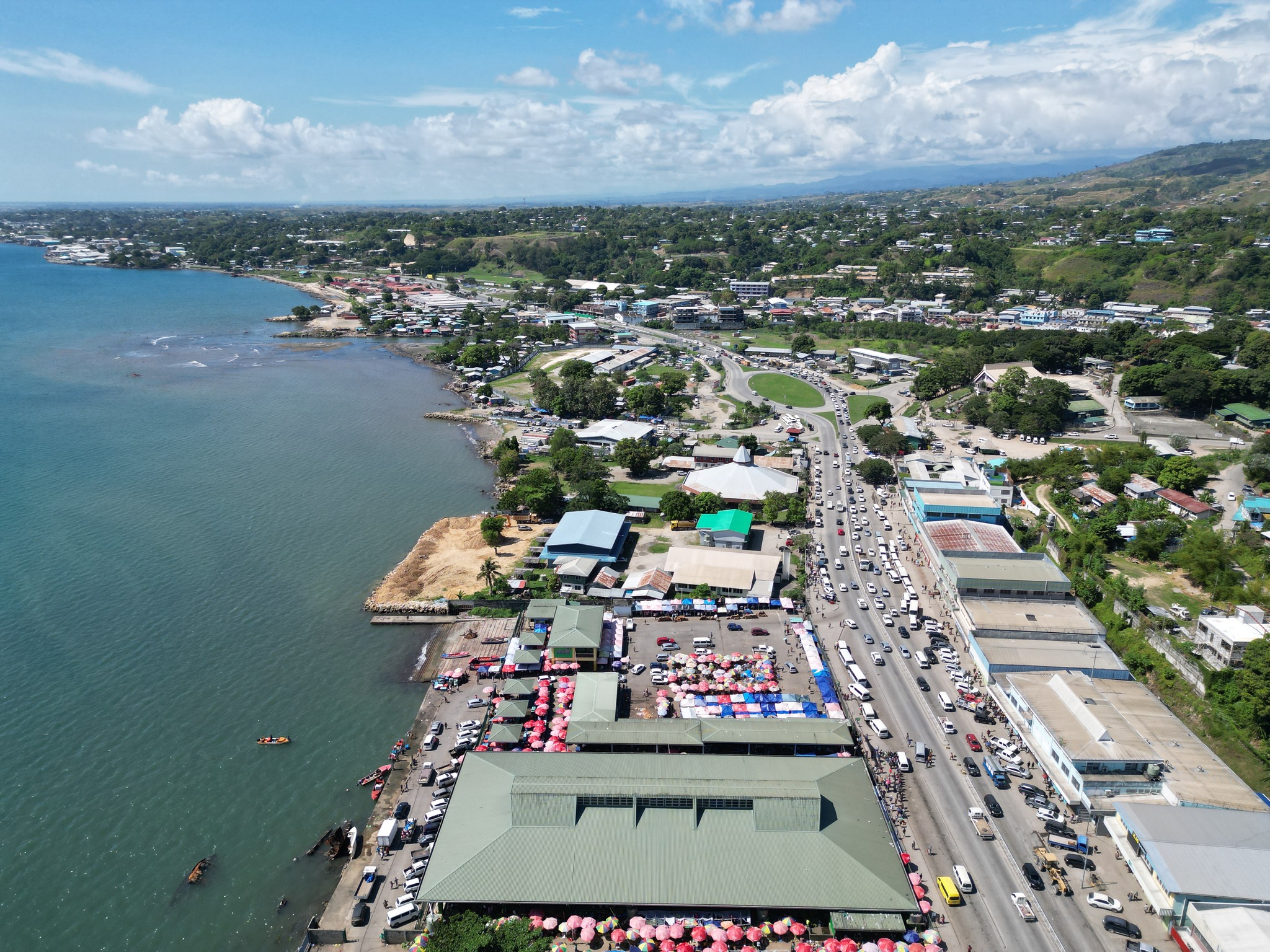

If you type in Google ‘cost of electricity in Solomon Islands’, the hits vary with one word in common ‘expensive’.
Obviously, my hits showed USD$0.58 per kwh in a 2009 World Bank blog and $1.03 per kwh in a 2023 ABC article.
Calculating cost of electricity is a technical formula but if you wish to get a crack on as a dummy, you can try the goods calculator link – good luck with the numbers!
In this brief article, let’s analyze and discuss why electricity is so expensive in the Solomon Islands.
Apart from the fuel price factor for power generation plants, the real reason for ridiculous costs of electricity bill you find paying for from your nearest cash power agent is because of the following:
- Retail Costs and Margin
There are two key retailers in the Solomon Islands. One is the cash power agent, and the other is Solomon Power itself. When you purchase your electricity bill from the agent, you will find an additional $10.00 retail fee added to your total cost and yet with a reduced unit when compared to buying from Solomon Power retail outlet.
2. Wholesale electricity cost
There are several factors why wholesale electricity cost is expensive. In Solomon Islands, the key reasons include our geography and distance from the petroleum supply chain and the unforeseen factors disrupting the supply chain since our electricity is almost 100% diesel. Significantly, there is a lack of competition in the electricity market. The monopoly is real, and you cannot do anything about it except pay your bills. Since Solomon Power is the generator, the wholesaler, the biggest retailer, and also the regulator, they can pass extra costs to the consumer without much legit option for the consumer to challenge their costing justifications.
3. Network cost
Another underlying factor in the costing of electricity is because it is expensive to bring electricity to your home through the cables, the poles, and the labor-intensive maintenance costs for these cables. All these networks of wires and poles contribute heavily to the cost of electricity you find in your cash power or monthly bill.
4. Profit driven operation of Solomon Power as a State-Owned Enterprise
Solomon Power is a for-profit entity established as a State-Owned Enterprise. From the 2022 annual report, their profit or loss statement shows the net profit of Solomon Power at $75.6 million.
As a for-profit entity, it is great that Solomon Power is making profits.
However, ridiculous external costs are passed to the consumer especially those who can only afford to buy a bare minimum of $60 or $70 cash power top-up a week or two.
Measure that against the tariff rates and you will find how unfair it is to the low-income earners, who are mostly the breadwinners of the average family living in Honiara.
Energy affordability is the biggest challenge for Honiara, not to mention efficiency, and the list goes.
Now, let us also look at some approaches and way forward that could reduce the costs of electricity in Solomon Islands starting in the next 3-5 years, hopefully.
Late 2023, the Electricity Act was amended.
These amendments will not resolve the costing of electricity, but it allows for the ‘power to set tariffs’ being taken away from Solomon Power and vested on the shoulder of the Director of Energy under the Ministry of Mines, Energy, and Rural Electrification.
The rationale is: for an independent person (the Director of Energy) to set tariff without a paramount interest to profit.
However, the challenge with retail cost of electricity still remain as businesses that normally operate and sell goods regulated under the Price Control Act become participants in the sell of electricity which has its price rates based on the Electricity Act and the Charges for Supply Regulations.
Therefore, regulating the retail price of electricity need some urgent action.
The Electricity Act amendment is also a precursor to what is expected when electricity generation will be unbundled through independent power producer and power purchase arrangements.
This will allow sharing of the operational costs burden for generation of power, adequate electricity supply to meet capacity demand during peak hours, and that should mitigate issues such as load shedding.
The opening up of electricity generation must be calculated to ensure healthy competition with the paramount interest in driving down electricity prices.
With that said, the government has to have incentives ready for investments and can participate as an investor in the renewable and generation sector.
An earlier route which the government and key stakeholders took with the support of external financing (grants and loans) was: through the financing of Tina hydro generation (private entity generation) that would operate under a Power Purchase Agreement.
The challenges with Tina Hydro in brief include the ongoing push back of its expected time to come online and operate due to supply chain disruptions (particularly during COVID), demands for additional financing, complex land tenure arrangements, and the costs for transmission to the broader consumer base in Honiara.
What we expect going forward based on the current energy policies are:
- Ongoing adjustment to the regulatory framework to fully utilize independent power production (IPP) and start unbundling the generation of electricity to allow competition.
- Removing the regulatory role from Solomon Power and entrusting it to a statutory institution that will become the national regulator, so that consumer rights and concerns are addressed by an impartial entity.
- Introducing adequate and consistent renewable electricity sources into the grid to stabilize the market from external shocks.
- Government providing incentives to encourage investment opportunities in the sector. Not necessarily by cash or tax, but by other means that could ease the pressure off of investors.
- Upgrading of the network system to minimize maintenance time and costs, avoid disruptions, and mitigate external costs.
Until then, there is still no clear option in the short term that will effectively reduce the cost of electricity.
Let’s see how the four-year policy priorities of the current government will take us forward in the energy sector and explore the options that could be maximized to address the immediate issue of high costs of electricity for consumers.

In our next article, we will evaluate Tina hydro with the pros and cons of renewable energy and how the much anticipated 15 MW hydro powered electricity generation will operate in the market.
*About the Author
𝙒𝙞𝙡𝙡𝙞𝙖𝙢 𝙆𝙖𝙙𝙞 𝙞𝙨 𝙖 𝙁𝙧𝙚𝙚𝙡𝙖𝙣𝙘𝙚 𝙒𝙧𝙞𝙩𝙚𝙧, 𝙈𝙪𝙨𝙞𝙘 𝘼𝙧𝙩𝙞𝙨𝙩 𝙬𝙞𝙩𝙝 𝙩𝙝𝙚 𝙨𝙩𝙖𝙜𝙚-𝙣𝙖𝙢𝙚 Khazin 𝙖𝙣𝙙 𝙇𝙖𝙬𝙮𝙚𝙧, 𝙬𝙝𝙤 𝙬𝙤𝙧𝙠𝙨 𝙖𝙩 𝙋𝙧𝙞𝙢𝙤 𝘼𝙛𝙚𝙖𝙪 𝙇𝙚𝙜𝙖𝙡 𝙎𝙚𝙧𝙫𝙞𝙘𝙚𝙨 𝙋𝙖𝙘𝙞𝙛𝙞𝙘 𝙇𝙚𝙜𝙖𝙡 𝙉𝙚𝙩𝙬𝙤𝙧𝙠. 𝙃𝙚 𝙞𝙨 𝙗𝙖𝙨𝙚𝙙 𝙞𝙣 𝙃𝙤𝙣𝙞𝙖𝙧𝙖.



















